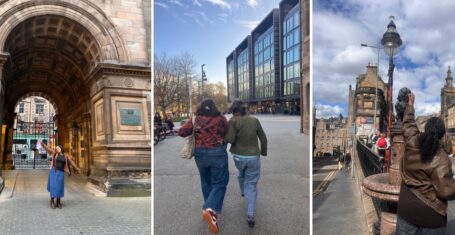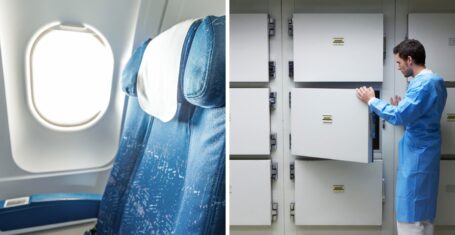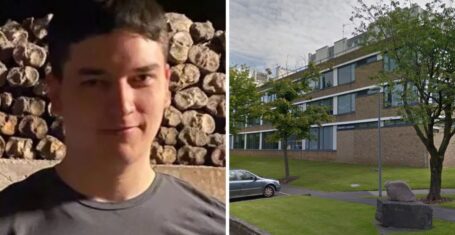
University of York confirms absence of RAAC in university buildings
We’re all safe, don’t worry guys
The University of York have confirmed that no reinforced autoclaved aerated concrete (RAAC) has been found in any of the university buildings.
In information obtained by The Tab via a Freedom of Information Request, the uni stated that surveys and assessments have been carried out and have not found presence of the material within any uni owned or operated buildings, as of the September 5th.
This follows the news that other universities, including Edinburgh and St Andrews, have found instances of the use of this dangerous concrete in some of their buildings, with some parts having to close temporarily due to potential safety risks.
The affected buildings will not be used until the risk assessments confirm that they are safe for student use, or until the problem areas have been replaced or reinforced.
RAAC is a type of concrete that was used between the 1950s and 1990s which was considered a good alternative as it was cheaper than standard concrete, as well as being quickly produced and easy to use.
However, the issue today is that this concrete only lasts around 30 years, being less durable and prone to crumbling when exposed to moisture. This poses a danger to students in affected buildings, as they could collapse at any time.
As the list of affected universities continues to grow, the problem will cost millions of pounds to fix; an essential spend in order to ensure the safety of students. As of right now, all of the buildings at the Uni of York have been found to be free of RAAC, so uni life here can continue as normal, and disruption-free.
Related stories recommended by this writer:
• York ranks as the seventh best city for student letting agencies, according to new survey
Most Read
• First Bus fares are increasing: Here’s everything you need to know
• Calling all artists: Applications to design the Long Boi statue are officially open

















